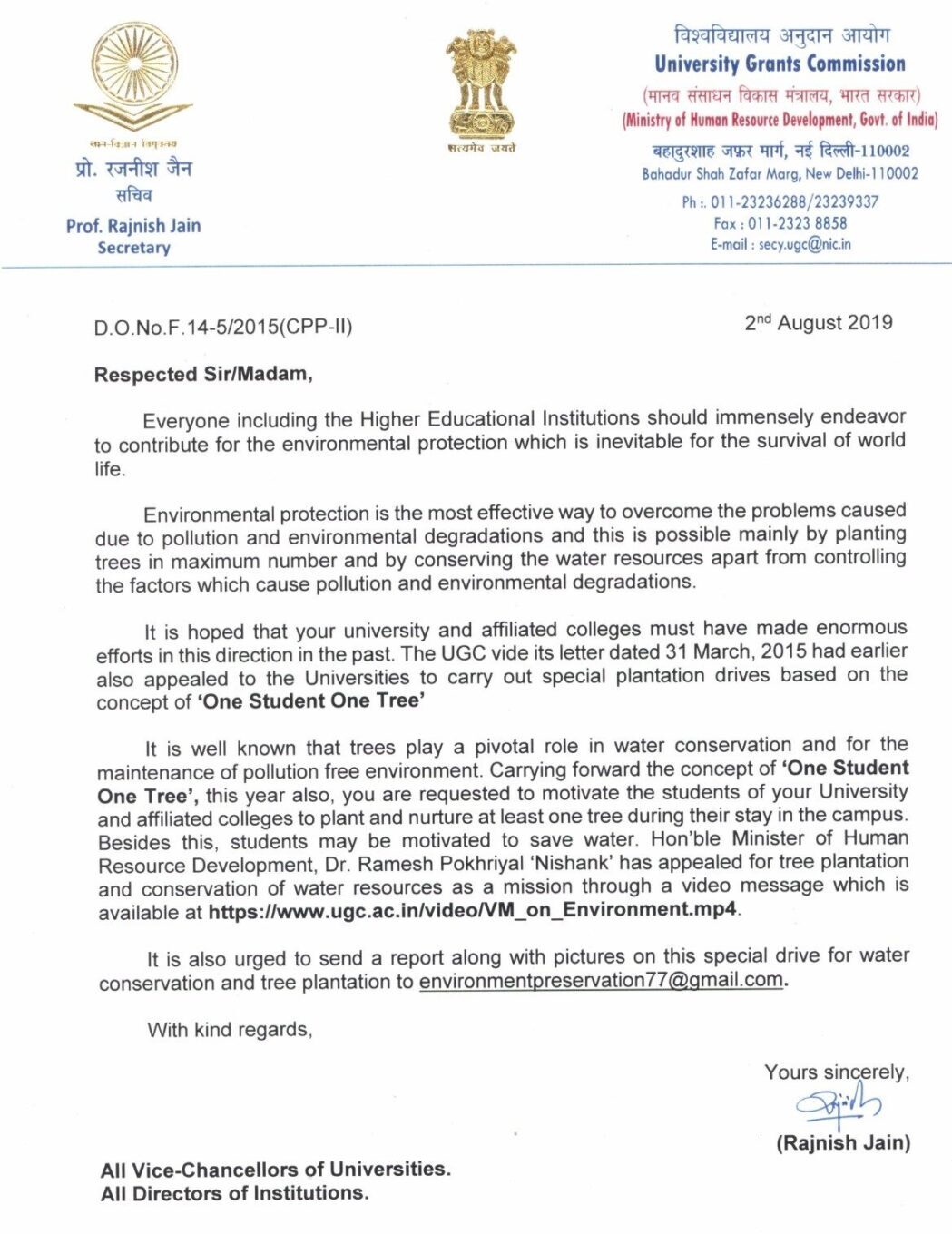[vc_row][vc_column][vc_column_text]
Why We Should Plant More Trees
Trees improve air quality by producing oxygen. They also store carbon, offsetting harmful by products of fossil-fuel burning. They moderate the effects of sun and wind, and they clean the air by trapping dust, pollen and other pollutants. Most importantly, trees sequester carbon, helping to remove carbon dioxide and other greenhouse gases from the air, which cools the earth. In fact, a mature canopy tree absorbs enough carbon and releases enough oxygen to sustain two human beings!
The carbon storage capacity of forests is approximately three times as large as the pool of carbon in the atmosphere. If forests are changed, reduced, or eliminated, the captured carbon goes into the atmosphere as carbon dioxide (CO2). Despite their importance to life as we know it, humans have cut down half of all the trees on the planet so far. Every year we cut down over 50,000 square miles of forest worldwide for paper, agriculture, building materials and fuel. That’s an area the size of the state of Tamil Nadu Every year!
The carbon release from deforestation accounts for 25 to 30 percent of the four to five billion tons of carbon accumulating every year in the atmosphere from human activities. Some benefits are given below.
1. Trees Combat the Greenhouse Effect
Global warming is the result of an excess of greenhouse gases, created by burning fossil fuels and Deforestation. Heat from the sun, reflected back from the earth, is trapped in this thickening layer of gases and global temperatures rise as a result. Carbon dioxide (CO2) is a major greenhouse gas. Trees absorb carbon dioxide, removing and storing the carbon while releasing the oxygen back into the air. In one year, an acre of trees absorbs the amount of CO2 produced when you drive your car 26,000 miles.
2. Trees Clean the Air
Trees absorb odours and pollutant gases (nitrogen oxides, ammonia, sulphur dioxide and ozone) and filter particulates out of the air by trapping them on their leaves and bark.
3. Trees Provide Oxygen
In one year an acre of trees can provide enough oxygen for eighteen people.
4. Trees Cool the Streets and the City
Trees cool the city by up to 10F by shading our homes and streets by releasing water vapour into the air through their leaves.
5. Trees Conserve Energy
Three trees placed strategically around a single-family home can cut summer air conditioning needs by up to 50%. By reducing the energy demand for cooling our houses, we reduce carbon dioxide and other pollution emissions from power plants.
6. Trees Save Water
Shade from trees slows water evaporation from thirsty lawns. Most trees need only fifteen gallons of water a week, the equivalent of two toilet flushes. What’s more, as trees transpire, they increase atmospheric moisture.
7. Trees Help Prevent Water Pollution
Trees reduce run off by breaking rainfall thus allowing the water to flow down the trunk and into the earth below the tree. This prevents storm water from carrying pollutants to the ocean.
8. Trees Help Prevent Soil Erosion
On hillsides or steep slopes, trees prevents run off and hold soil in place.
9. Trees Shield Children from Ultra-Violet Rays
According to a National Skin Cancer Prevention Education Program report released in 1996 by the Centres for Disease Control and Prevention, skin cancer is the most common and most rapidly increasing form of cancer. Trees provide protection from cancer-causing ultra-violet rays, especially on campuses and in playgrounds where children spend hours outdoors.
10. Trees help control noise.
Trees help to absorb loud noises in the air, especially in an urban environment. When planted strategically around a property, trees can even help to reduce loud urban noises from freeways and airports.
11. Trees Provide Food
Aside from fruit for us, trees provide food for birds and wildlife.
12. Trees Provide A Canopy and Habitat for Wildlife
Sycamore, and oak are among the many urban species that provide excellent urban homes for birds, bees, possums and squirrels.
13. Trees Provide Wood
In populated areas, trees can be selectively harvested for fuel and craft wood.
14. Trees help to buffer storms.
Along coastlines, Mangrove forest trees are adapted to harsh coastal storms and help to protect areas inland from storm surges and harsh winds. When these forests are removed from coastlines, this important protection disappears. Trees in other habitats also help to reduce windy conditions during storms.
15. Trees Increase Property Values
The beauty of a well-planted property and its surrounding street and neighbourhood can raise property values by as much as 15%.
Yes, I want to plant a tree for special person on his / her Birth day, Anniversary and support Project Viruksham to restore the green cover and to create beautiful green world.
[/vc_column_text][/vc_column][/vc_row]








